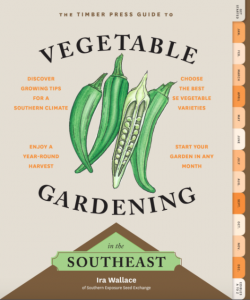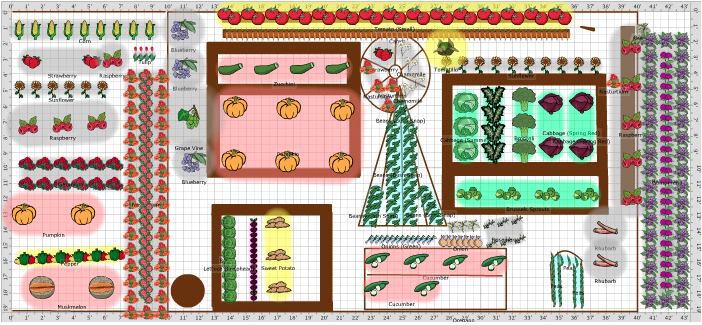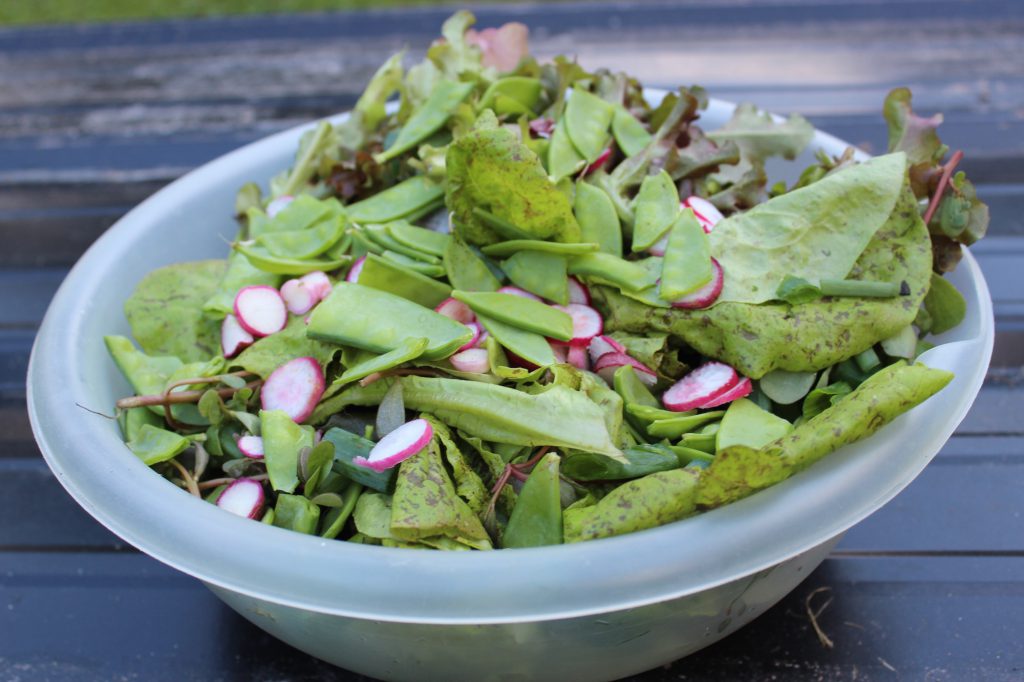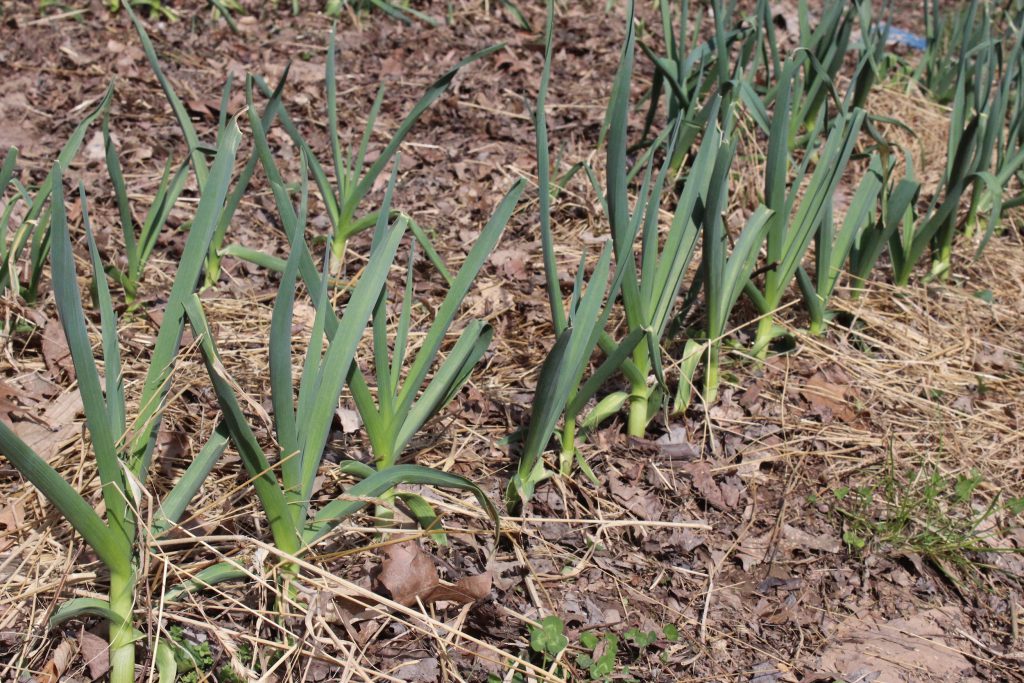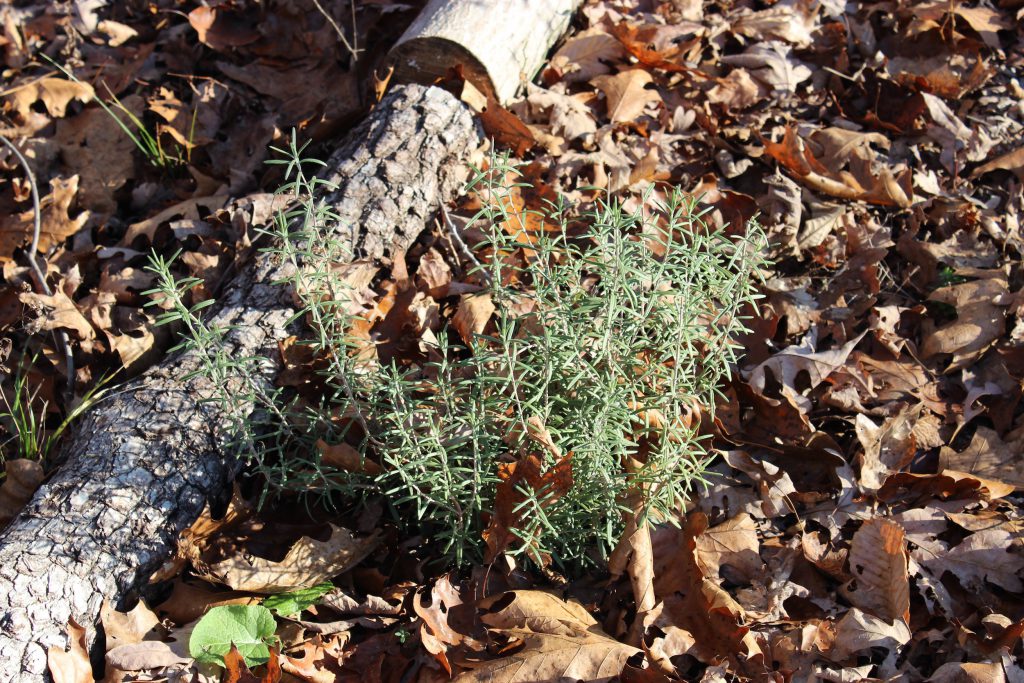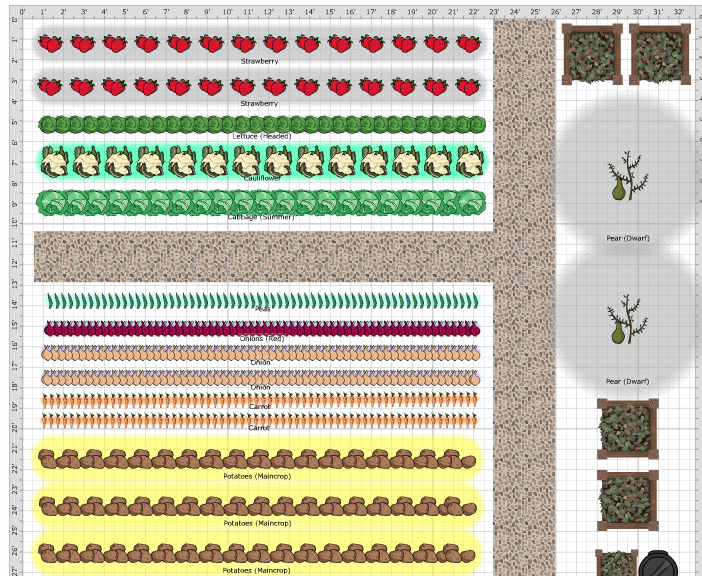
In my mind fall is this perfect time of year when we welcome the cool crisp air, autumn festivities, and the break from a busy summer season. It’s a time for crafts and reading and enjoying and celebrating the harvest with family and friends.
Unfortunately the reality is that autumn is usually just as busy as summer. There’s always more gardening projects whether it’s repairing tools for next year or putting up the last of this year’s peppers. Throw that in with visits from relatives, less sun exposure and vitamin D, tons of stress, and unhealthy food and you get the start of flu season!
One of my favorite ways to try and combat this problem, besides learning when to take a break, is to drink herbal tea. I’m not willing to give up my Halloween goodies or Thanksgiving feast but I can still make sure my body is getting some of the good stuff.
My favorite autumn tea blend includes the following herbs.
Echinacea is an excellent herb for this time of year because studies have shown that it make act as an immuno-stimulant and even increase the production of white blood cells. All parts of the plant can be dried and used for tea. If you haven’t grown it yet it’s fairly easy to cultivate and is perennial in zones 3-9.
Ginger
While ginger certainly adds nice flavor to this blend it too has medicinal properties that are great for fall. Ginger is high in vitamin C, magnesium, and other important minerals. It also helps with nausea, heartburn, inflammation, and respiratory ailments.Plus it adds a nice warmth to this fall beverage.
Not just for cats, catnip is actually very beneficial for humans. It has a calming effect and contains high levels of vitamins C and E to help keep your immune system strong. Catnip is another easy herb to grow and is perennial in zones 4-10.
Licorice Root *optional*
If you’d like your tea a bit sweet without the added sugar consider adding some licorice root. Beyond its flavor licorice root also has the added benefit of soothing upset stomachs and easing coughs. I put it as optional as its flavor is not everyone’s favorite.
To make the tea blend 4 TBS of dried echinacea, with 2 tsp of dried ginger, 2 TBS of dried catnip, and 1 TBS of dried licorice root (or more to your taste) in a small jar. Then steep 1 TBS of tea mix per 8oz of boiling water for 5 minutes. You may find you like it stronger and can use more than 1 TBS.
If you wish you can use a tea ball or strain the herbs out before drinking your tea.
Enjoy your tea, your harvest, and all the important people and events in your life this autumn. Stay healthy and happy!

